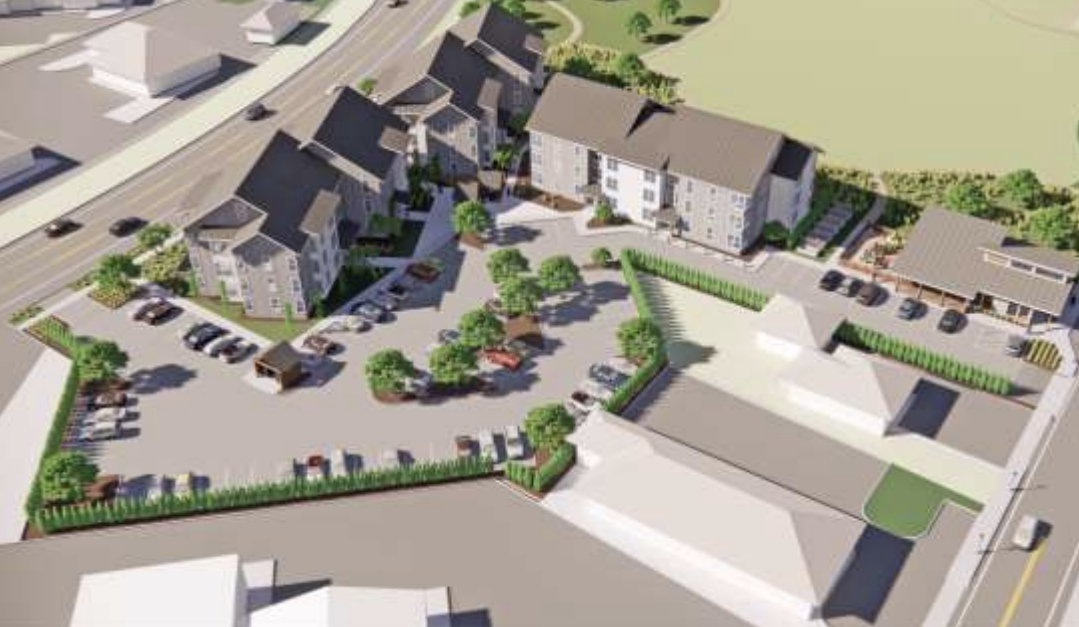Earth’s ‘salvation’ grows on trees
Published 5:00 pm Wednesday, April 22, 2009
SEASIDE – Sitka spruce trees are our mighty neighbors on the North Coast, where their ability to adapt and weather high winds have made them ubiquitous.
But how much do we know about these giants?
The North Coast Land Conservancy is inviting the public on an educational tour of a Sitka spruce forest Saturday at its Circle Creek property south of Seaside near the end of Rippet Road. Two-hour hiking tours will begin at 9 a.m. and 2 p.m. Waterproof footwear is suggested.
The tour includes a spruce grove full of skunk cabbage, a spruce tree whose roots are above ground rather than below, a 1930-era stump that stretches 45 feet in circumference, and many curious examples of how ancient fallen spruce are still supporting today’s Sitka spruce forest.
“Spruce seldom ever start in the ground,” said Neal Maine, NCLC’s conservation director. “They almost always start on a rotten log someplace. Trees that fell 500 years ago are still serving the next forest.”
At one point in the tour, visitors can see a tree that fell during a winter storm and took its nurse log with it; folded into its upended root wad is an old, rotting tree trunk.
Over time, after spruce seeds germinate in a nurse log, the root systems of new spruce trees develop and their nurse logs rot away, leaving some spruce looking as if they were standing on stilts.
Spruce that sprout from stumps left by loggers often become “cathedral” trees once the stump rots away, leaving the trees suspended on their roots with an empty cavity inside. Inside and underneath several spruce along the Circle Creek tour there is evidence of how the giant trees got their start.
The Sitka spruce’s adaptations to wind produces trees with unique shapes and built-in nooks and crannies where vegetation and wildlife can flourish.
“These trees are so set up to live on the coast,” Maine said. “Whatever happens, they’re ready. Their adaptations are more impressive than their size. There are great examples of all the things they can do.”
The conservancy acquired the 365-acre Circle Creek property in 2004. The tract stretches south from the Seaside golf course to Ribbett Road, and much of it is forested.
But in the early days, part of the property fell victim to what Maine calls “the dynamite era,” when people blew up whatever they didn’t want to get rid of. The legacy of that era is a flat, treeless pasture on the eastern portion of the property.
The trust has replanted between 5,000 and 6,000 trees in the pasture and placed woody debris back on the land to mimic the nearby forest and reconnect the land with Circle Creek.
“Our ancestors killed themselves to make the spruce go away,” he said. “Now, we joke they’re probably rolling over in their graves because we’re putting the trees back again.”
Maine said on forest tours people often ask him: How old is that tree?
But it’s hard to say just by looking at the outside.
He has cross sections of trunks from two different trees – both 100 years old, as evidenced by the rings inside their trunks. But one tree was 18 inches in diameter, and the other was 5.5 feet. The difference is one grew up slowly under constant wind pressure and in sandy soil in Gearhart while the other came from a Warrenton city park.
“Where you are is everything,” he said.
One spruce on the tour has begun growing a new tree out of its surface roots. Another has fallen, but some of its limbs have continued growing to become trees themselves.
The nice, straight trees desired by foresters aren’t the kind nature likes best, Maine said. Critters such as California red squirrels and pileated woodpeckers will nest in the trees’ misshapen pockets. Chipmunks and red-legged tree frogs will utilize the trees’ twisted root systems.
If a spruce can meet all its needs without growing an underground root system, that’s what it will do, Maine said. He pointed to one tree’s roots, almost all of which are twisted and tangled on top of the forest floor.
The surface of Sitka spruce tree limbs provide enough soil to start a garden of licorice fern, moss, lichen and fungus.
The trees’ collections of needles maximize photosynthetic surface area, absorbing carbon dioxide on both sides and utilizing it for growth. Through their needles, spruce trees capture and sequester carbon from the air.
“That’s our future,” Maine said, holding a spruce branch. “Our salvation in that needle.”
For more information about Saturday’s tour, call NCLC at (503)738-9126.





